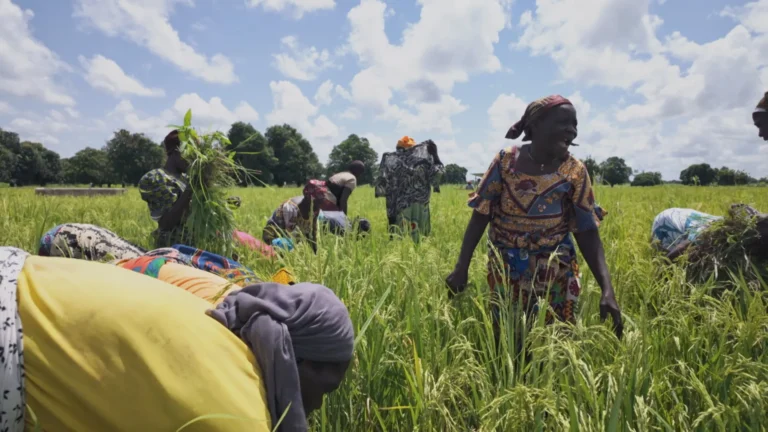Sahel in turmoil: Rebel alliances challenge the Sahel states alliance

Sahel in turmoil: Rebel alliances challenge the Sahel states alliance
The Sahel is facing a fresh wave of instability as Malian and Nigerien rebel groups form new alliances, posing a significant challenge to the Sahel States Alliance (AES).
Formed by Mali, Burkina Faso, and Niger to realign their strategic priorities, the AES now confronts an escalating threat along its northern flank.
The recent meeting in late August between Niger’s Patriotic Liberation Front (FPL) and Mali’s Permanent Strategic Framework (CSP) in Tin Zaouatine, a symbolic border town, marks a pivotal shift in the region’s dynamics.
This emerging collaboration between rebel groups could reshape the already complex geopolitical landscape.
A New Security Landscape in the Sahel
The AES was established with a renewed regional vision as the governments in Bamako, Ouagadougou, and Niamey distanced themselves from the Economic Community of West African States (ECOWAS) and sought closer ties with Russia.
This strategic pivot aims to address persistent security challenges in the Sahel.
The meeting between the FPL and CSP underscores this evolving security situation.
Despite their seemingly divergent goals—one seeking the restoration of a deposed president and the other pursuing autonomy for northern Mali—these rebel groups have found common ground in their opposition to the current regimes.
Their potential alliance represents a formidable challenge for the AES, which now faces a coordinated threat on multiple fronts.
Unrelenting Struggle to Restore Security
The situation in Tin Zaouatine, a flashpoint for intense clashes in July, epitomizes the ongoing tensions. The town has become a focal point for the AES’s efforts to maintain territorial control.
Drone strikes during the rebel meeting highlighted the authorities’ resolve to combat what they have labelled as terrorist threats.
CSP spokesperson Mohamed Elmaouloud Ramadan emphasized the need to “defend [their] territories and [their] populations.”
His remarks, coupled with discussions of a “mutual assistance pact” among the rebels, suggest an impending escalation in hostilities.
AES Confronts Regional Security Challenges
The emergence of this rebel alliance introduces new challenges for the AES.
Member governments must contend with coordinated insurgent movements while striving to strengthen their mutual cooperation.
The AES’s strategy focuses on bolstering the sovereignty of its member states and improving regional security.
The pursuit of new partnerships, including with Russia, reflects a desire to diversify approaches to combating insecurity.
As the threat of destabilization by converging rebel interests looms, the AES is intensifying its coordination efforts.
Its ability to maintain internal cohesion while effectively addressing security challenges will be crucial for the future stability of the Sahel region.
AES authorities are committed to a multidimensional approach, combining military operations with development initiatives, to stabilize the region.
This strategy aims to tackle the deep-rooted causes of instability while countering the immediate threats posed by armed groups.
The unfolding situation in the Sahel will largely hinge on the AES’s capacity to implement its security vision effectively and meet the aspirations of local populations.
The challenge remains significant, but the alliance’s governments are resolute in their determination to continue their efforts to bring peace and stability to this rapidly evolving region.
About The Author
dailymailafric
I am an avid African news observer, and an active member of Daily Mail Africa.
I’m Passionate about staying informed on diverse topics across the continent,
I actively contribute to publishing on political, economic and cultural developments in Africa.



